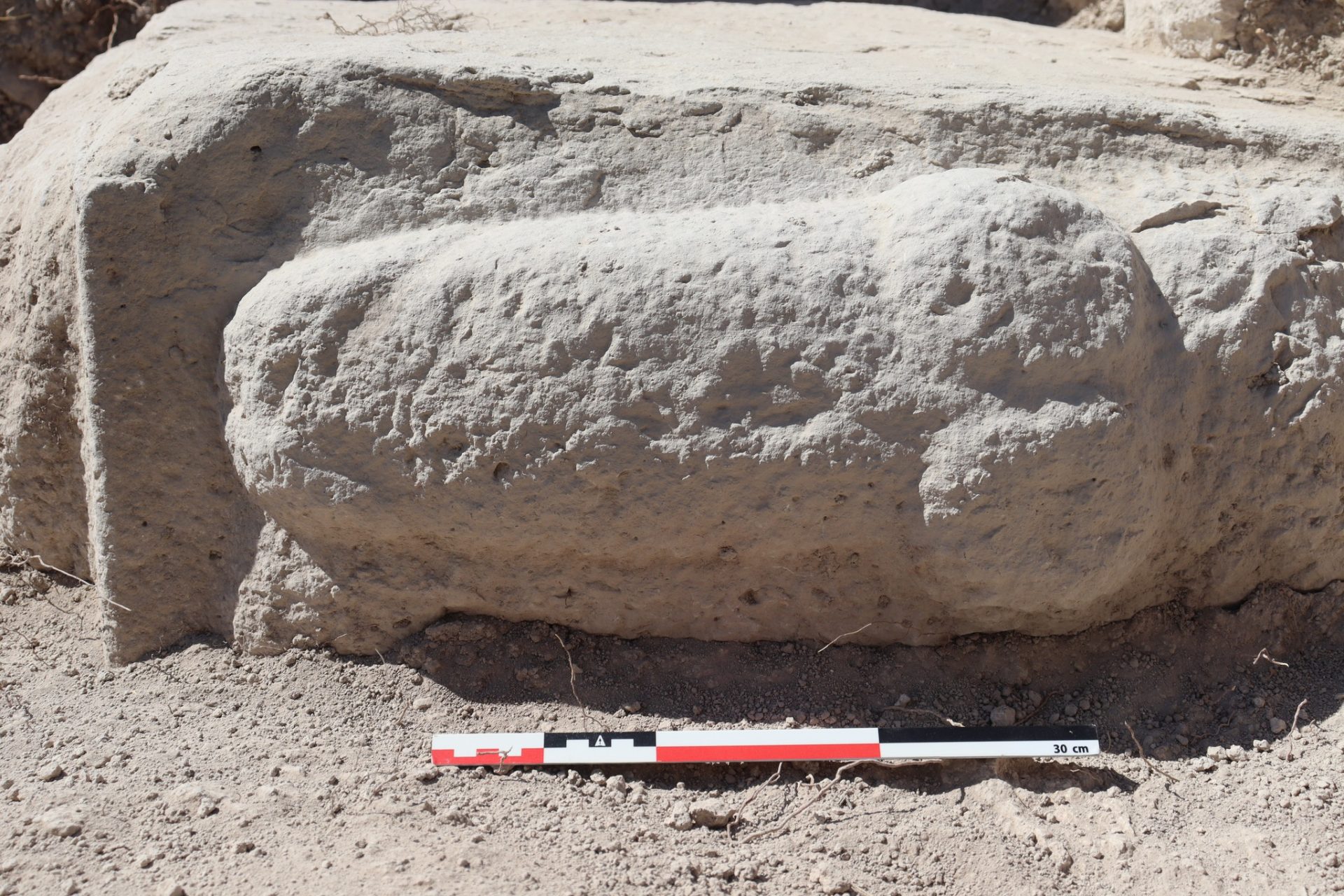Archaeologists excavating in the Córdoba municipality of Nueva Carteya have uncovered a giant phallic carving from the Roman period.
A phallus is a depiction of a penis which was ubiquitous in ancient Roman culture. The Romans believed that the phallus was the embodiment of a masculine generative power and was one of the tokens of the safety of the state (sacra Romana) that gave protection and good fortune.
Phallic imagery can be found across the Roman world in sculptures, mosaics, frescoes, and portable objects, such as pendants or bulla, to ward off evil that may prey on children (in particular, young boys), or from the wandering evil eye (malus oculus) of men.
One of the largest concentrations of phallic symbols can be found at Hadrian’s Wall in England, where along the length of the wall corridor and at military installations, 59 known etchings of male genitalia have been identified.

Excavations by the Museo Histórico Local de Nueva Carteya found a sculptured phallic carving, almost half a metre in length at the base of a building in a fortified enclosure at the archaeological site of El Higuerón. El Higuerón is an Iberian settlement first occupied in the 4th century BC until the Roman conquest of the region around 206 BC.
The site was first excavated in 1966 and 1968, becoming one of the benchmarks of Iberian culture in the province of Córdoba.
The latest season of excavations also uncovered the base of a wall from the Iberian period in the western sector of the site, a Roman limestone floor and structural remains from the Roman period and Medieval period.
Andrés Roldán, a researcher at the University of Extremadura and director of the Nueva Carteya Historical Museum told reporters that the phallus found at El Higuerón could be one of the largest preserved from Roman times.
Header Image Credit : Museo Histórico Local de Nueva Carteya





